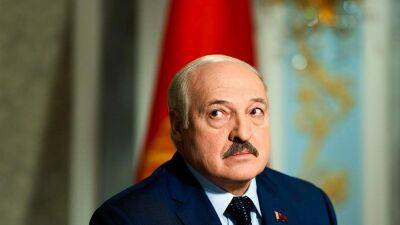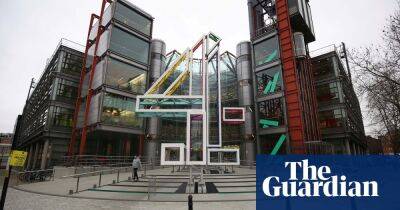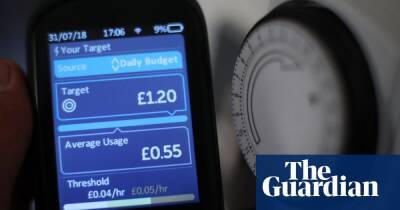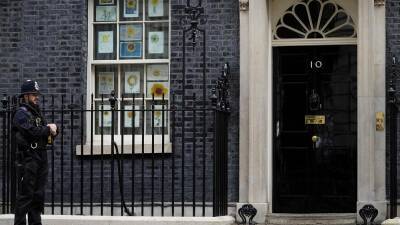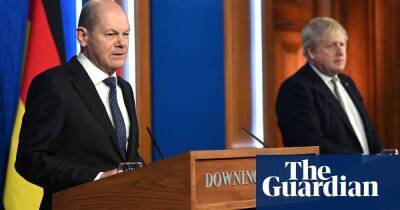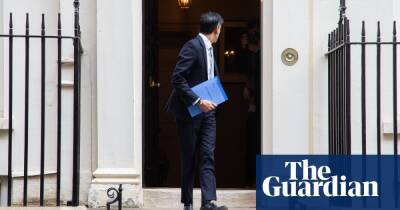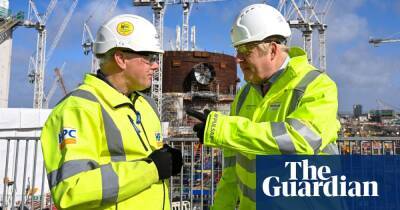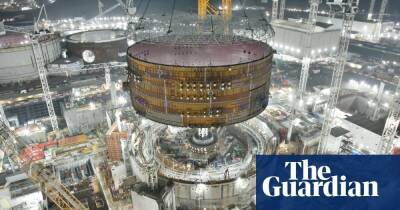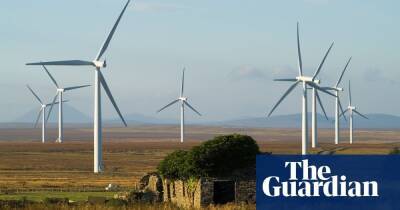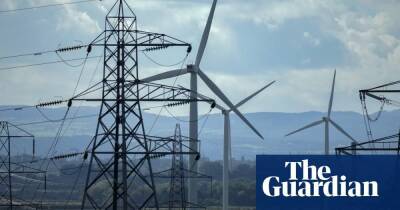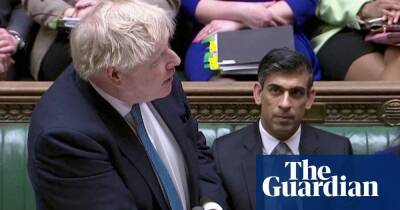What is Boris Johnson’s energy plan, and what is it missing?
Boris Johnson claimed on Thursday that his energy security strategy had delivered “clean, affordable, secure power to the people for generations to come”.
In comments issued as he launched the policy at Hinkley Point C nuclear power plant in Somerset and put atomic energy front and centre of his plan, the prime minister said his government was the first for years that had not “dodged the big decisions on energy”.
Yet within hours, critics spoke of a lack of ambition, particularly around onshore wind and energy efficiency, avenues that experts say offer the best and quickest hope of bringing down bills and achieving energy self-sufficiency.
So what exactly is in the plan and what is missing from it?
Peak winter electricity demand is about 60 gigawatts and National Grid expects that to be 85GW by 2050, as vehicles and home heating are increasingly electrified, with a safety buffer needed on top of that.
Johnson has set a target of 25% of electricity coming from nuclear. That means increasing capacity from 7GW to 24GW by 2050, an effort to be overseen by a new body, Great British Nuclear.
The first phase will involve eight new nuclear reactors, equivalent to four 3GW power stations. Sizewell C is slated for approval within this parliamentary term. Two more will follow in the next, with Wylfa on Anglesey the front-runner. After that, projects could be located at approved sites such as Oldbury in Gloucestershire and Moorside (Sellafield) in Cumbria. Small nuclear reactors of nearly 0.5GW each will be part of the mix, with both Rolls-Royce and GE Hitachi working on projects.
The recently approved “regulated asset base” funding model will transfer risk to the taxpayer, allaying risk-aversion among private firms, which has stymied
Read more on theguardian.com

